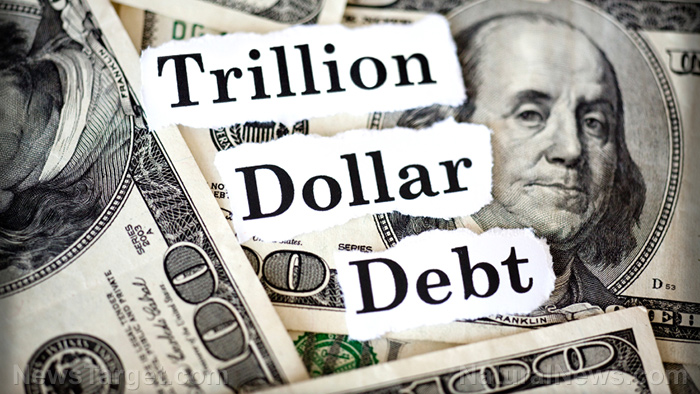 Parler
Parler Gab
Gab
High interest rates hurt the labor market
The burden of relentless inflation surges is far from evenly distributed in American society. Since the onset of the pandemic, inflation has surged to its highest levels since the early 1980s. This, along with the stubborn persistence of inflation, has thrust many families perilously close to financial breaking points. In response, the Federal Reserve launched a series of interest rate hikes, driving its benchmark rate to unprecedented highs not witnessed in over two decades. However, these measures failed to quell inflation. This, in turn, left households grappling with soaring consumer borrowing costs and mounting pressure on their finances.More related stories:
Biden blames inflation on CLIMATE CHANGE, citing bogus study.
Biden declares inflation “over,” orders companies to lower prices.
Food shortages and inflation continue as “Bidenomics” SPECTACULARLY FAILS.
Inflation, cost-of-living crisis crushing Generations Y and Z.
Sources include:
CNBC.com UnitedforAlice.orgDrowning in debt: The paralysis at the heart of the US fiscal crisis
By News Editors // Share
Creditors pressure Ukraine to PAY UP on its loans
By Ramon Tomey // Share
Biden denies economic reality in car crash CNN interview
By News Editors // Share
Green revolution destroying Germany’s economy as economic bloodbath continues
By Ethan Huff // Share
BRICS nations are now openly preparing for a global collapse of the dollar
By Cassie B. // Share
High unemployment rates, high taxes and population exodus pushing Illinois to the brink of collapse
By Laura Harris // Share
Governments continue to obscure COVID-19 vaccine data amid rising concerns over excess deaths
By patricklewis // Share
Tech giant Microsoft backs EXTINCTION with its support of carbon capture programs
By ramontomeydw // Share
Germany to resume arms exports to Israel despite repeated ceasefire violations
By isabelle // Share










